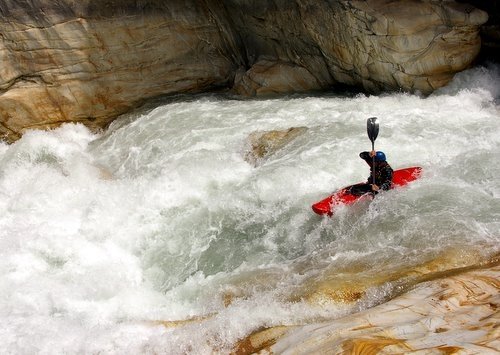Travel Information to Tibet
Passport:
A traveler should bring a national passport with validity remaining no less than six months. Make sure that it has plenty of blank pages for visas, entry and re-entry stamps and extensions. Loosing passport in Tibet will be very difficult, as one has to go to Beijing to get a new one.
Visa-Travel Permit:
A traveler to Tibet requires a special group visa/ permit. The visa processing is initiated only after formal booking of the trip is completed. Original passport has to be submitted while applying for visa/permit at the Chinese Embassy in Nepal or abroad. Asia Adventure Excursions is eligible to process the visa/ permit for Tibet in Kathmandu before arrival. Normally, Chinese Embassy in Kathmandu opens on every Monday to Friday between 09:30 am to 11 am. A Tibet-bound traveler requires visa fee according to varying nationalities.
Getting Tibet from Nepal
By Surface: Nepal is the best transit point to go to Tibet. The nearest Tibetan border town Zhangmu is 113 km from Kathmandu and is accessible by mere 4 hours drive. On continuing drive along the friendship highway for 5 days, you will reach Lhasa, the capital of Tibet. The overland trip involves crossing of several high altitude passes and rewards you with spectacular views of Himalayas including Mt. Everest. You will encounter with numerous nomadic yak herders en route. Tashilunbo monastery-the principal seat of Panchen Lama in Shigatse, Kumbum Stupa in Gyantse and Yamdrok Tso( Lake) are the highlights of this overland adventures
Zhangmu is also the entry and exit point of Tibet for those who are taking a 15 days Mount Kailash and Manasarovara trip
Sher is another point of entry in Western Tibet which is accessible after 6 days trekking from Simikot of Nepal. The route is also used by Mount Kailash visitors.
By Air: Kathmandu is connected with Lhasa by Air also. China Airlines operates flights between Kathmandu and Lhasa every day from the end of March to November depending on the tourist season.
Getting Tibet from Mainland China
By Air: There are regular flights to Lhasa from Beijing, Chengdu and Xi'an.
Climate
You can travel to Tibet throughout the year but mid July through to the end of September is the best period.
The temperature varies sharply from the south grassland to north plateau. The south is warm and rainy. Most rain falls during May to September. It is warm from June to August. The coldest months are from December to February and crossing over the passes becomes almost impossible. Below given is a table of average temperature, rainfall and sunshine hours in Tibet.
Food:
In Lhasa there are some popular restaurants that provide Tibetan, Chinese and even Western food to the travelers. These restaurants also serve Tibetan tea (salted butter tea), sweet milk tea, hot boiling black tea, Tibetan barley beer, soft drinks, canned beer and imported wine, whisky and local beverage. Very basic food will be served at Zhangmu and Xegar. Guesthouse or hotel on the way will provide you basic accommodation.
Landslide & Extra Charge:
Our company will put all its efforts to make your journey smooth and pleasant. However, during the monsoon while crossing the Tibet-Nepal border you need to pay extra cost to hire porter & additional transport due to landslides & road blockade.
Money:
The circulated currency in Tibet is RMB. Foreign currency can be exchanged in the bank of China in Lhasa and other cities. But only the main offices of Bank of China accept traveler’s check & cash in advance. You can exchange money into RMB according to the exchange rate of that day with your valid passport. If you want to visit remote areas in Tibet, you are advised to have enough RMB with you. However, you can have some US$ with you, too
Seasons and Clothing:
Because of its high altitude and climate, Tibet is some-what cold and the difference between temperature in the day and at night is very great. But as for its long sun-shine time, winter is not too bad. Its annual rainfall is not much with the monsoons occurring between July and September. In spring, autumn and winter it is a bit dry.
- Spring (March-May): Cold, dry and windy. A jacket and woolen sweaters are necessary.
- Summer (June-August): Cold but hot at noon. Shirts, pants or skirts will be fine.
- Autumn (September-November): Cold, dry. Jackets and sweaters are necessary.
- Winter (December-February): Frigid and very dry. Warm pullover, down jacket, woolen sweaters, scarves and gloves are necessary











